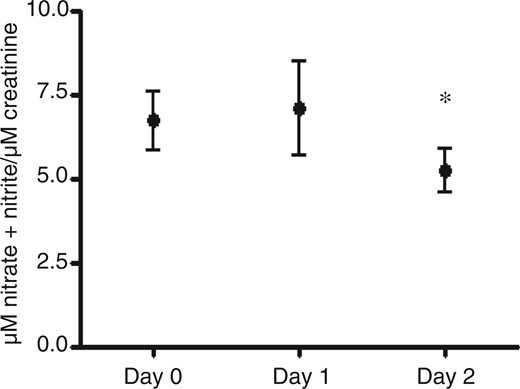Guided_by_Voices
Well-Known Member
Also, I haven't read the mouse study, but it occurs to me that in the early days of Low Carb, there was an attempt to show that (I think) olive oil was toxic using FMD as a measure. However I believe Volek subsequently showed that it was a short-term affect which disappeared after several weeks of adaptation. My memory is hazy on the details but the clear takeaway I do remember is that in some cases that the body can adapt to what initially appears to be a problem, so if such an adaptation period was not part of the mouse study, that would call it into question and could explain the apparent lack of issue in humans. There are a number of examples of this that come into play when people transition from a low-fat to a low-carb way of eating.


















